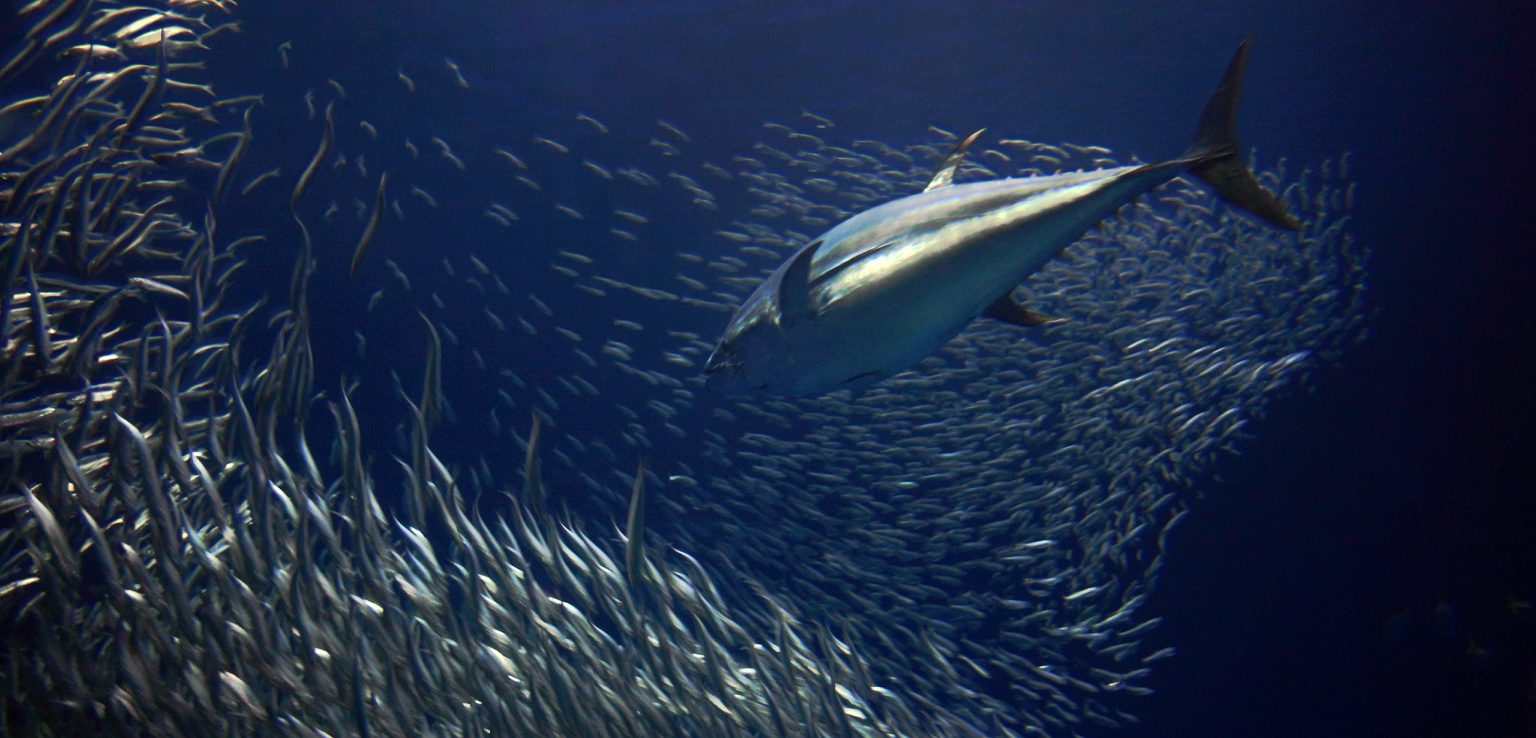By Esther Wozniak
The eastern Pacific Ocean is home to some of the most consistently productive fisheries in the world, including those for numerous species of commercially valuable tuna. But many of those fish populations face increasing threats from climate change; illegal, unreported and unregulated (IUU) fishing; marine pollution and more.
So when the Inter-American Tropical Tuna Commission (IATTC) meets in Panama City, Panama, from 2-6 September, it should adopt measures to more sustainably manage tuna fisheries worth over US$5 billion annually. IATTC can also use the Panama meeting to re-evaluate how it does business and to adapt its management to the dramatic environmental changes already underway.
Such action would be welcome because tuna regional fisheries management organisations (RFMOs) have been slow to adapt to climate change. Here’s how IATTC can establish a blueprint for effective management by integrating climate change into decision-making and embracing tools such as electronic monitoring and harvest strategies to build resilient fisheries.
A plan for long-term success
In September, IATTC managers should adopt the climate change workplan that was endorsed by its Scientific Advisory Committee earlier this year. That plan would help improve fisheries resilience, including with a more modern approach to management that accounts for the entire ecosystem, not just one target species.
The more modern approach is called management strategy evaluation (MSE), a tool that scientists and managers can use to simulate climate scenarios and test whether potential harvest strategies are likely to keep a fishery sustainable under those scenarios. Fishery managers use MSEs to develop harvest strategies, pre-agreed rules that set and adjust catch limits, open seasons and other parameters based on science without the need for new negotiations.
In addition to helping managers choose a resilient harvest strategy, MSE can also advance ecosystem-based fisheries management (EBFM), which incorporates marine ecosystem health into management by considering wider trends such as rising temperatures and other factors, including predator-prey relationships, non-target species and important areas such as breeding and feeding grounds.
For example, last year IATTC adopted a harvest strategy for North Pacific albacore tuna that accounts for potential changes in that fish population’s reproduction and growth. If scientists show that certain reproduction and growth benchmarks are hit, catch limits and other measures for the fishery will automatically adjust to help keep the fishery sustainable.
Building on that success, IATTC today is developing an MSE for tropical tunas with a focus on adopting a harvest strategy for bigeye tuna next year. To support these efforts, IATTC should form a science and managers dialogue group—similar to those established at other RFMOs, such as the Western and Central Pacific Fisheries Commission. This formalized dialogue group promotes understanding of MSE and helps advance deliberations so that the group can ultimately recommend a robust bigeye tuna harvest strategy to the Commission.
Data collection and effective compliance also critical
Of course, tools such as harvest strategies and EBFM are only as good as the data underlying them. To ensure it has the data to make the best use of these critical tools, IATTC should adopt electronic monitoring (EM) standards at its September meeting. EM uses technology such as cameras and sensors to augment human observers in tracking fishing activity. By adopting standards, IATTC will help expand oversight and data collection at sea, which is especially important as species’ behavior continues to change with the climate.
But even with science-based management measures and thorough data collection efforts in place, RFMOs need robust compliance regimes to ensure their measures are effective. At this year’s Panama meeting, IATTC should develop a workplan to improve its compliance review process, which currently lacks a defined list of serious infringements and accompanying actions to address them. The Commission should ensure it is clear to member States and the public precisely what will happen when someone breaks the rules, including specifying action in cases of repeat offenses.
By taking all of these steps at its September meeting—adoption of a climate change workplan and measures on science-based management, data collection and compliance—IATTC would advance long-term sustainability of its fisheries and establish a model for all tuna RFMOs to follow in a rapidly changing world.
Esther Wozniak works on The Pew Charitable Trusts’ international fisheries project.















